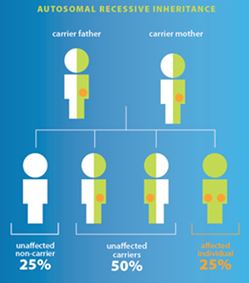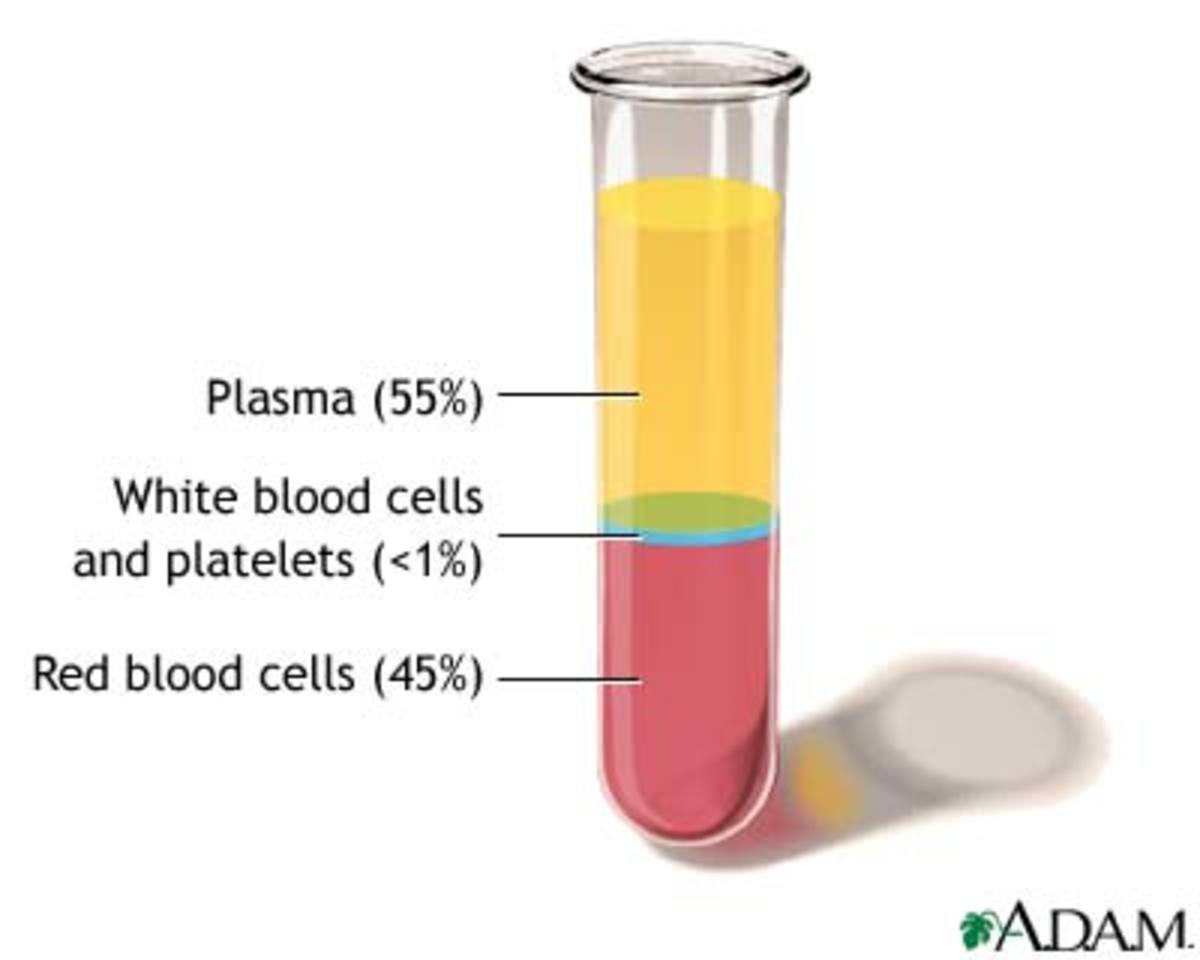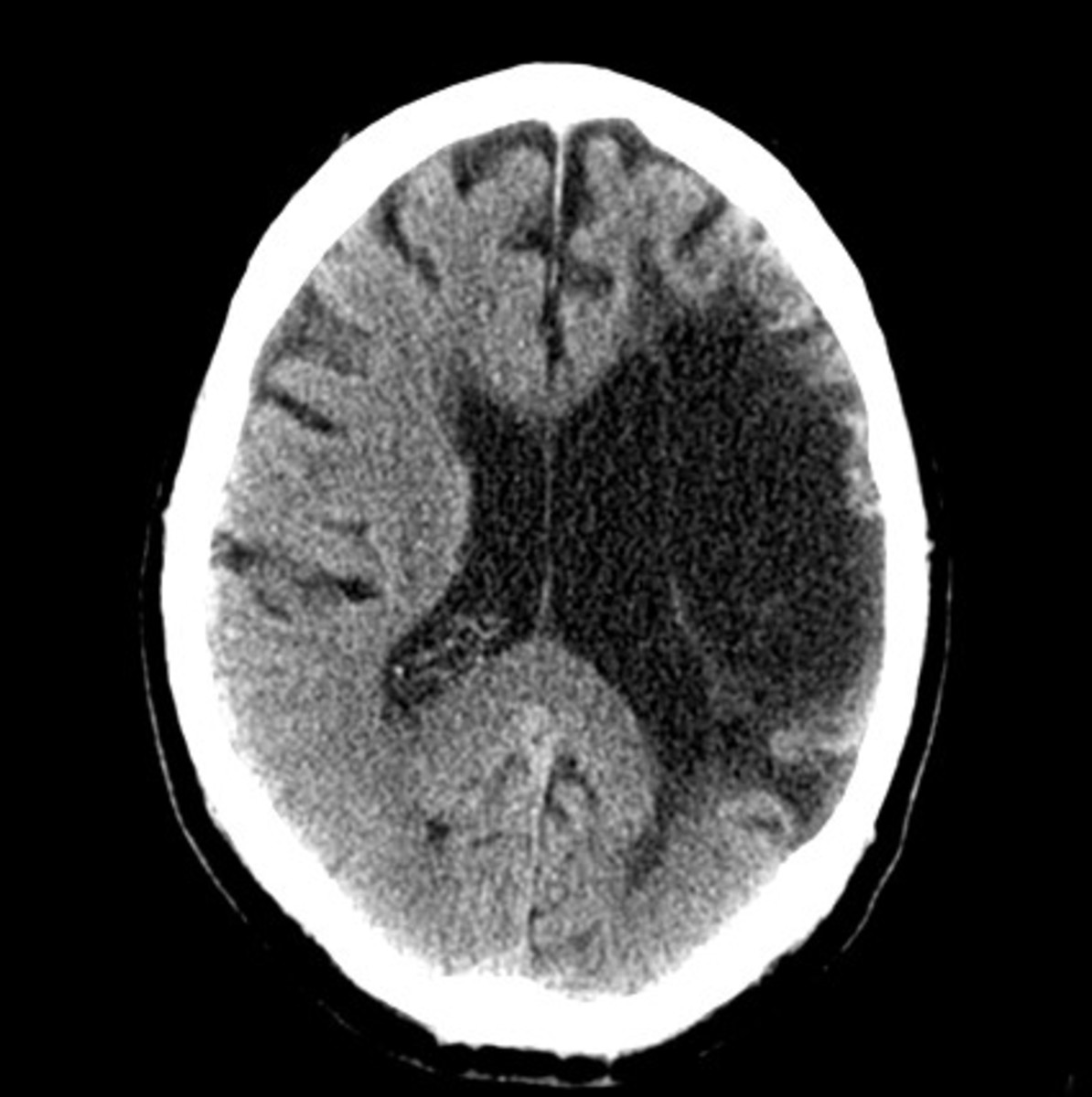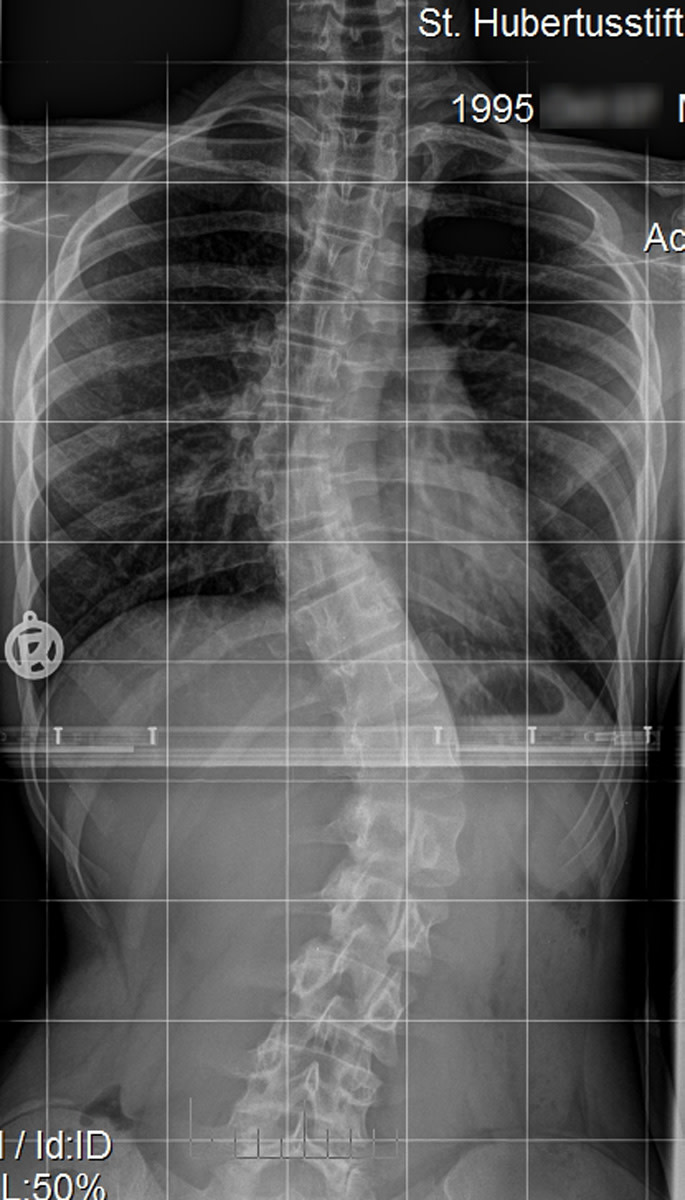How To Diagnosis Sickle Cell Disease
Sickle Cell Disease
There are different kinds of diseases. Some diseases could be contracted randomly or by coming into contact with something or someone infected with the disease. However, there are also diseases like sickle cell disease which are hereditary. This means that the disease is inherited through families or is passed down from parent to child. Diagnosis for diseases can involve various elements and processes which may also include one or more tests. Such tests may provide indicators that specifically pertain to the type of disease being tested for. Typically, tests for diseases consider the presence of different identifying markers or characteristics that are associated with the disease. Still, despite the different methods used to achieve this objective, testing for a disease aims at determining if an individual has the disease or otherwise.

Testing For Sickle Cell Disease
The best way to accomplish testing for sickle cell disease is to first understand the existing and possibly unique traits that the disease exhibits. In the case of sickle cell disease, this entails understanding the specific description, characteristics and symptoms of the disease that could assist in accurate diagnosis and potential treatment or management plans. Tests for sickle cell disease could involve screening or pre-screening tests that could indicate if further testing is required or advisable. One pre-screening scenario may involve the determination of the existence of the disease in the individual’s family. The sickle cell disease is related to family genes and is characterized by red blood cells taking on a crescent or sickle shape. Thus, a person who has sickle cell disease would most likely have a family member who also has this disease. Confirmation of the existence of sickle cell disease in the family tree can increase the chances of testing positive for the disease. It is important to note during sickle cell screening and testing that a person could have traits of sickle cell but may not have the sickle cell disease or sickle cell anemia.
In the case of the occurrence of the actual sickle cell disease, inheritance is from both parents of the individual. On the other hand, a person could have only traits of the sickle cell gene when this gene is inherited from only one parent. Thus, a person with the sickle cell gene or sickle cell trait does not have the disease but could potentially pass this gene to his or her child who could then get the disease if the child also inherits the gene from his or her other parent. In essence, it takes an inheritance from both parents to acquire sickle cell anemia. Once, pre-screening information is gathered and analyzed, another way to test for the disease involves the use actual blood samples from the body to figure out if there are any abnormalities in the shape of a person’s red blood cells. Normal red blood cells have the shape of a disc and have normal hemoglobin, which is a kind of protein within the body. Why is this important? An important consequence of a change in the shape of red blood cells is related to the actual function that these red blood cells have. The red blood cells in the body are responsible for carrying oxygen around the body and oxygen uses hemoglobin within the red blood cells as its transportation vessel.
However, within a disc-shaped sickle red blood cell, a different kind of hemoglobin is present and this type of hemoglobin is known as hemoglobin S and is responsible for the shape of sickle cells. Red blood cells affected with sickle cell disease are unable to function as effectively as normal blood cells. Apart from the apparent difference in the shape of the red blood cells, these cells are not able to carry as much oxygen to different organs and tissues in the body as normal red blood cells would. In addition, cells affected with sickle cell disease exhibit fragility and the potential to become stuck in tiny blood vessels as the delivery of oxygen occurs. Such blockages and the inherent fragility of the sickle cells cause the cells to break apart constantly, further disabling the oxygen transfer and delivery process that is critically needed by the body.
There are also more specific tests for sickle cell anemia and these include testing serum potassium, serum creatinine and blood oxygen saturation levels. Some sickle cell disease tests such as a bilirubin tests could also be performed through the use of a urine sample or a blood sample. For accuracy, some tests may require very specific conditions like abstaining from food, drinks and other medication for a couple of hours before the test is conducted. As with the case of bilirubin tests, some medications or the absorption of food could affect the levels of the primary element being sought in the test. For instance, in bilirubin tests, taking medication a couple of hours before the blood or urine sample is acquired could cause changes in the levels of bilirubin within the body. The connection between sickle cell anemia and bilirubin levels is the high level of bilirubin in people who have the disease. Bilirubin is the output from the breakdown of red blood cell hemoglobin. Hence, in individuals with the sickle cell disease, the fragile cells are prone to increased breakage and thus elevated bilirubin levels. Getting a complete blood count would also reveal the quantity of red blood cells and hemoglobin in the blood. In particular, complete blood count tests will reveal the proportion of hemoglobin relative to the size of red blood cells. In addition, a complete blood count can reveal platelet numbers and when the platelet levels in the body are higher than is typical, this could be a sign of anemia. These signs of sickle cell disease may not be readily apparent from birth. For instance, it may take a couple of months after birth before a person begins to exhibit signs of sickle cell anemia. Hence, the timing of these tests is also important. Knowing how to test for sickle cell disease is an important part of identification, diagnosis, awareness and management of the disease.








